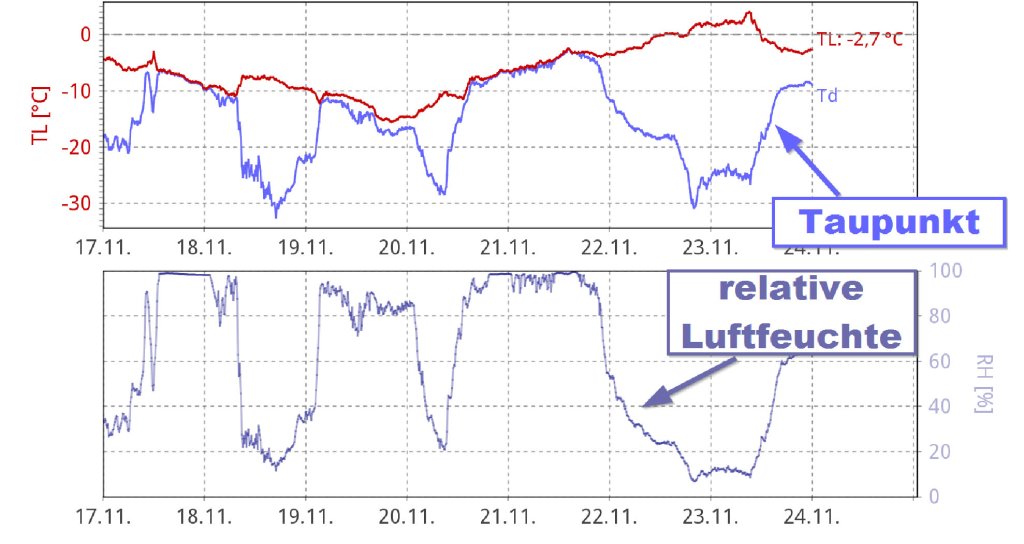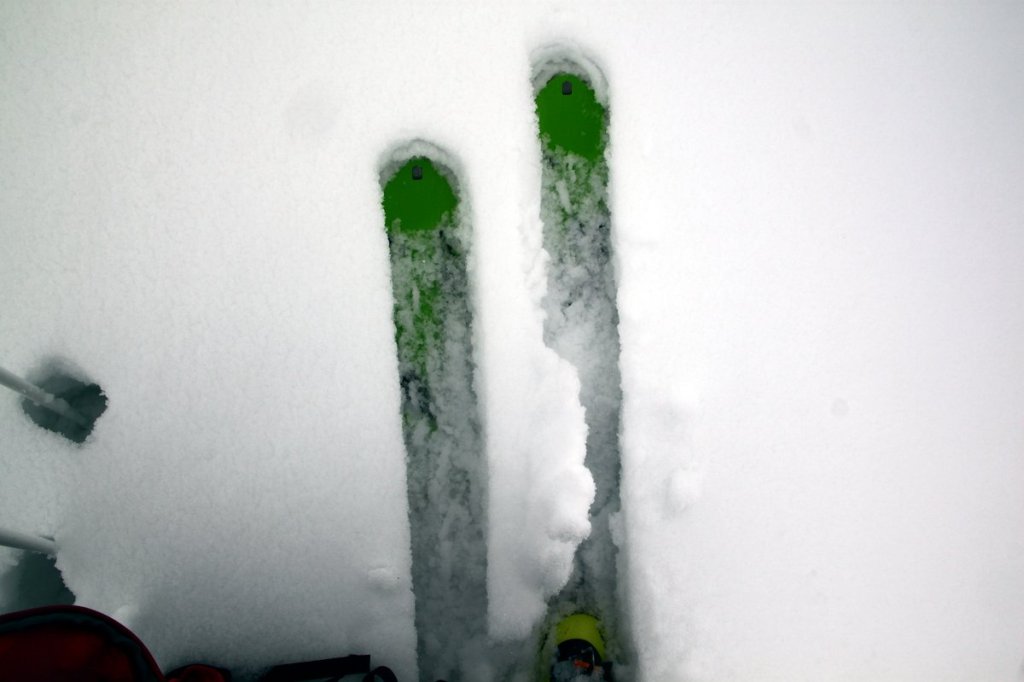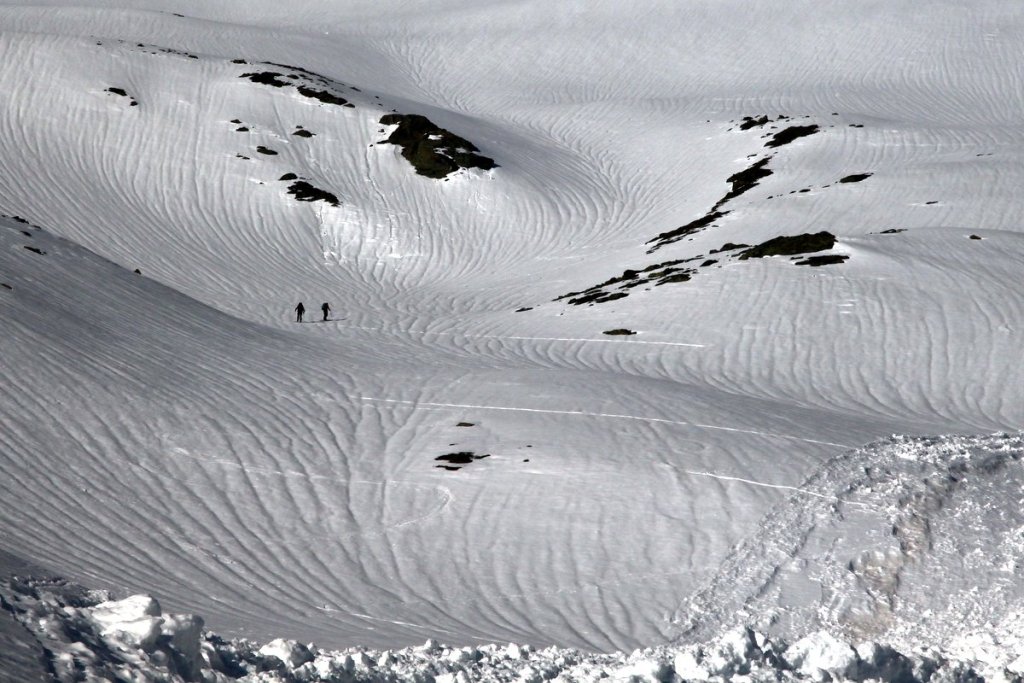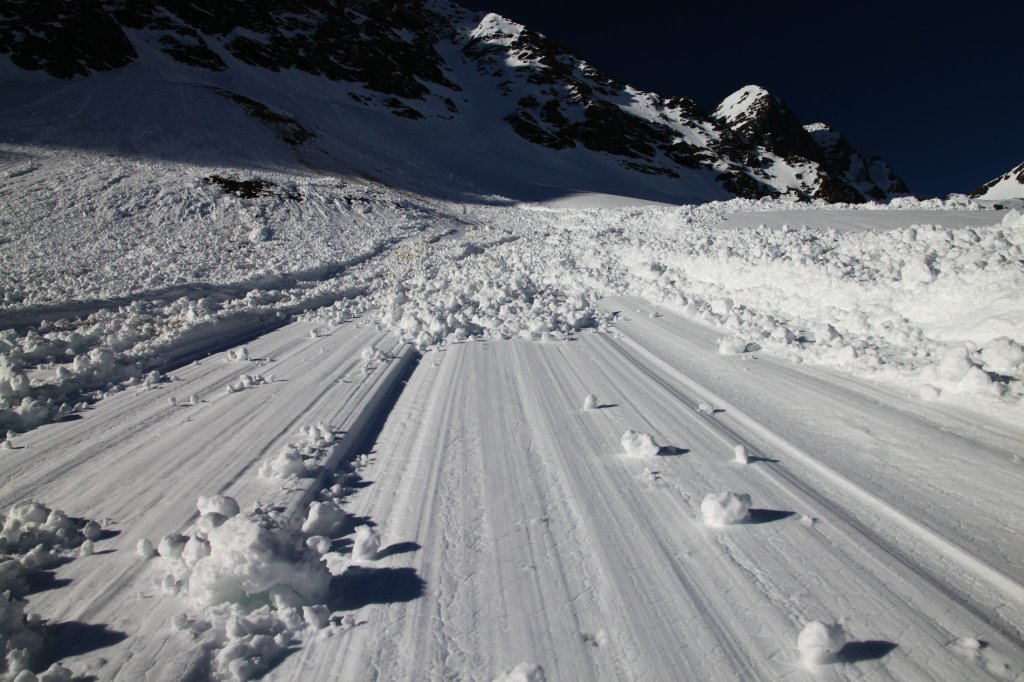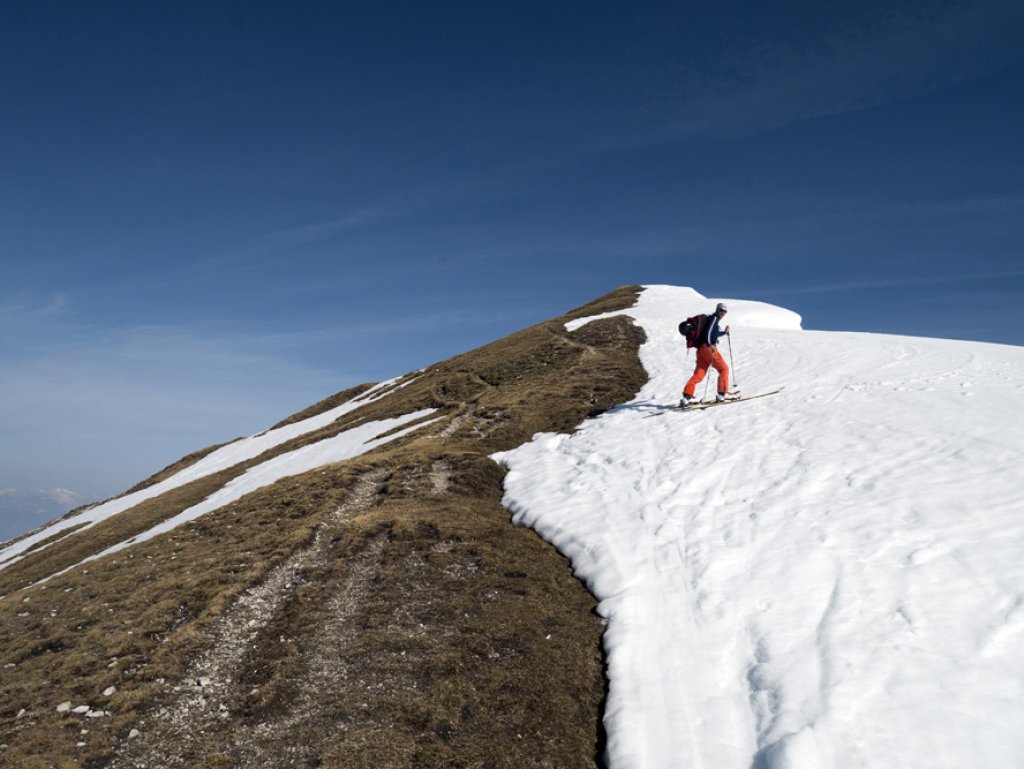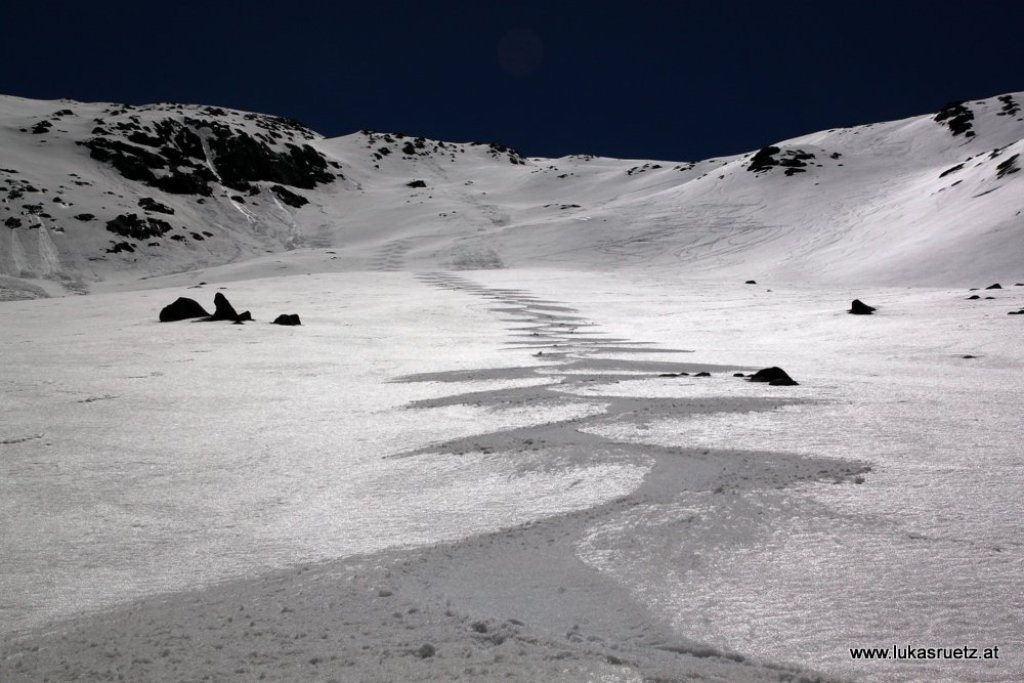Looking for a partner
We don't need to talk much about air temperature and its direct influence on snow temperature and therefore on the properties of snow. Actually. We all know that the formation and transformation of snow is heavily dependent on the air temperature. That with the supercooled droplets, the crystallization nuclei in the cloud or the temperature gradient on the ground and so on.
But behind the supposedly dominant groom called "temperature" there is a lot we should know beyond that: Snow can be 0°C "warm", but when it falls from the sky it can also be -30°C "cold". In both cases, it is relatively "hot". Why? At 0°C, snow melts and turns into the liquid phase. That is why it is never actually far from its melting point. And much colder snow practically never falls to earth in our region, or hardly cools down any more once it is already on the ground. Materials that are just below their melting point are very versatile.
What does that mean? Let's compare the snow with a lump of steel: with a melting point of around 1,400°C, steel starts to glow at around 600°C, at 1,300°C it glows brightly and glistens and, to an observer not affected by the Austrian metalworkers' wage negotiations, appears to be on the verge of exploding. Annealing changes the properties of steel. Annealing is therefore used specifically to process it. This is referred to as "recrystallization annealing". This term shows us the analogy to snow: at temperatures just below the melting point, much more changes take place than at temperatures far below. Snow that is -20°C cold, or - as is often the case in our winter snow cover - only -6°C, is mega-hot in this sense. This is why everything in a snowpack is constantly transforming or recrystallizing.
How it transforms depends on the temperature gradient, i.e. the temperature difference between different snow crystals. If the temperature difference is large, the water vapor migrates from the warm part to the cold part and freezes there in such a way that it forms crystals, which we later know as weak layers. If the temperature difference is small or the crystals are at the same temperature, they become smaller and smaller and roundish - the snow becomes firmer and settles faster. If the temperature is so high that it even melts and then freezes again, we find different crystal shapes. Our groom, the air temperature, constantly influences this process: during the formation of the snow in the cloud and later in the existing snow cover and on its surface, which is in constant heat exchange with the air temperature.
